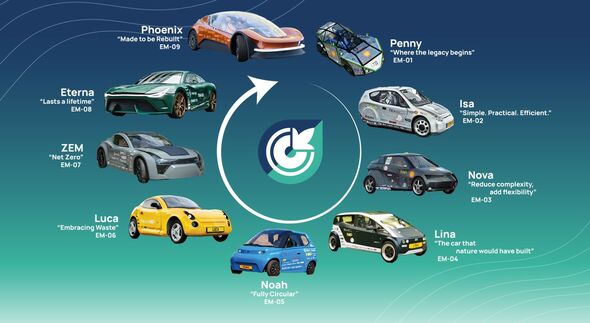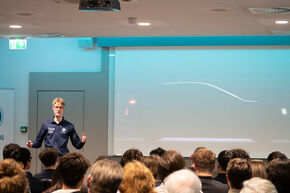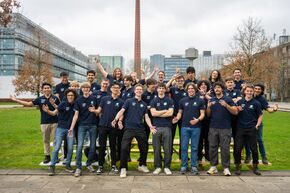The automotive industry is one of the largest users of raw materials. In addition, parts for electric cars are scarcer than their mainstream counterparts and more expensive to repair. Therefore, the right to repair, the ability for users to have their products repaired more easily and affordably, is becoming increasingly important.
“Designing cars around the right to repair would improve the transparency on which components are used, and which software it runs,” says marketing manager Sarp Gurel. “By simplifying electric components you can replace only what's necessary, reducing e-waste and keeping more material in use which reduces emissions tied to manufacturing, shipping and disposal of new parts.”
Back to the basics
The team came up with the idea by going back to the definition of sustainability, says Callum Armour, the team's technical manager. “We came up with four action items: reduce, reuse, recycle and repair. We realized every sustainable action has been approached by our previous vehicles, except for repair. Considering the current popularity of the right-to-repair movement we knew this was an ideal topic for us to tackle.”
Just how topical the issue is can be seen in a European Commission action plan from early this month. This makes 1.8 billion available to boost the competitiveness of the European automotive industry. The action plan includes measures to make electric driving more attractive, including making it easier to repair these cars.
Next phase
The team's industry partners were shown the concept two weeks earlier. Taco Olmer, team manager, spoke with many of them afterwards. “Many of the industry partners acknowledge that they themselves struggle with repairs, some even note that the expensive replacement of the battery for a used EV has kept them from going down that road in the past.”
Almost the entire car and its components are designed. Some parts have already been produced and others will go into production soon. “Our chassis is already close to production, and from there production will accelerate rapidly,” Olmer said. “There is still a lot to do, we are still working on the body of the car and the electronics still need to be tested, but progress is steady.”
![[Translate to English:]](/fileadmin/_processed_/2/2/csm_TUecomotiveside_dark_b5d6176f77.png)





Discussion